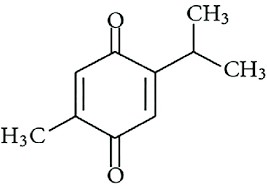Different Extraction Methods and Solvents for Thymoquinone from Nigella Sativa L. Seeds
DOI:
https://doi.org/10.5530/ctbp.2023.4s.83Keywords:
Nigella Sativa L., Black Seed, Thymoquinone, Extraction Solvents, Extraction Methods, HPLCAbstract
Nigella sativa L., commonly known as black seed, grows natively in the Mediterranean region and Western Asian countries. Nigella sativa L. seeds extracts have diverse medicinal properties. The main active constituent, thymoquinone is medicinally very effective against various health-related issues. The objective of this study was to investigate the effects of different extraction methods and solvents on the content of thymoquinone using HPLC. One gram each of powdered black seed was extracted with 20 mL of hexane, ethyl acetate, methanol, ethanol, and water. The mixture was incubated at 4°C in water bath for 2 hours and 4 hours, respectively. The extraction was repeated for hexane and methanol by maceration, percolation, and ultrasonic assisted extraction (UAE). The extracts were centrifuge at 4000 rpm at 4°C for 10 min and filtered. The extracts were then top-up to 20 mL with the respective solvent and analyzed by HPLC. The results in the present study showed that hexane extract by maceration method is the best method to extract the main bioactive component, thymoquinone from N. sativa L. seed.



